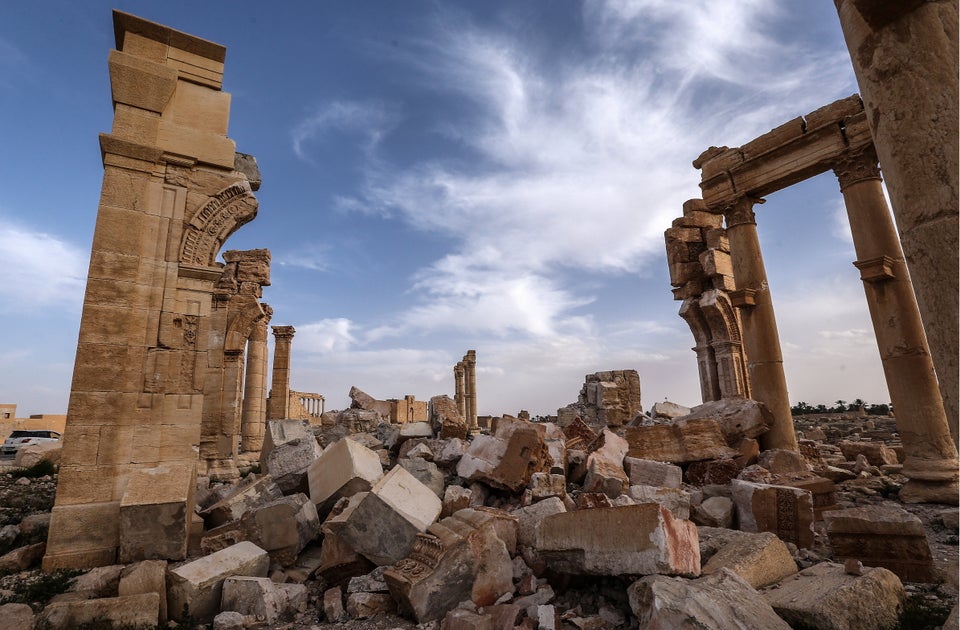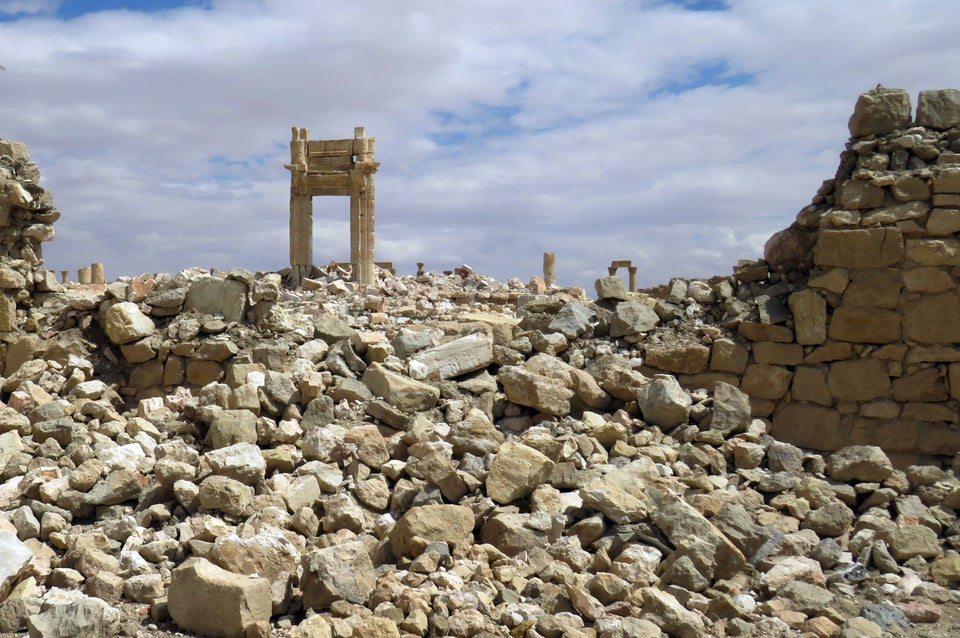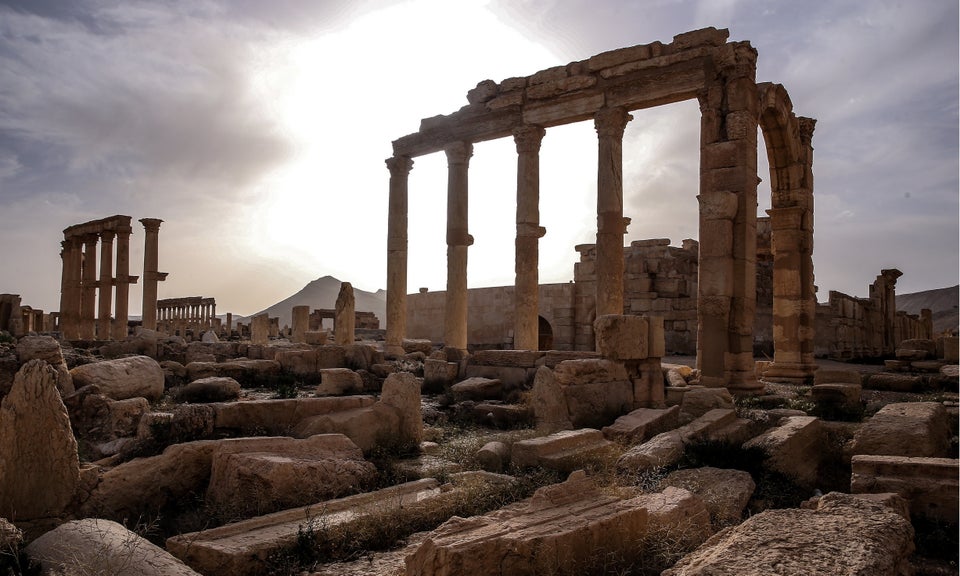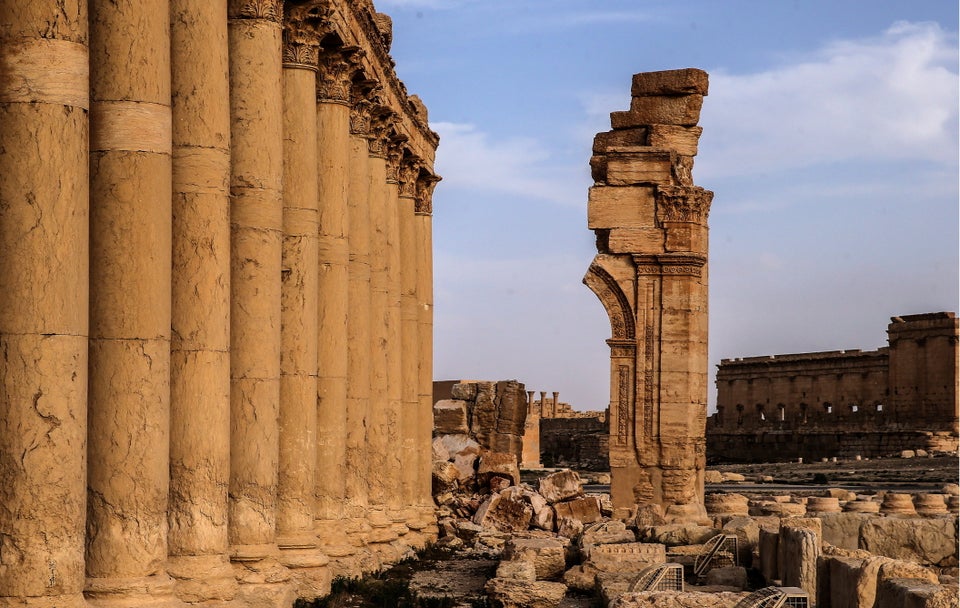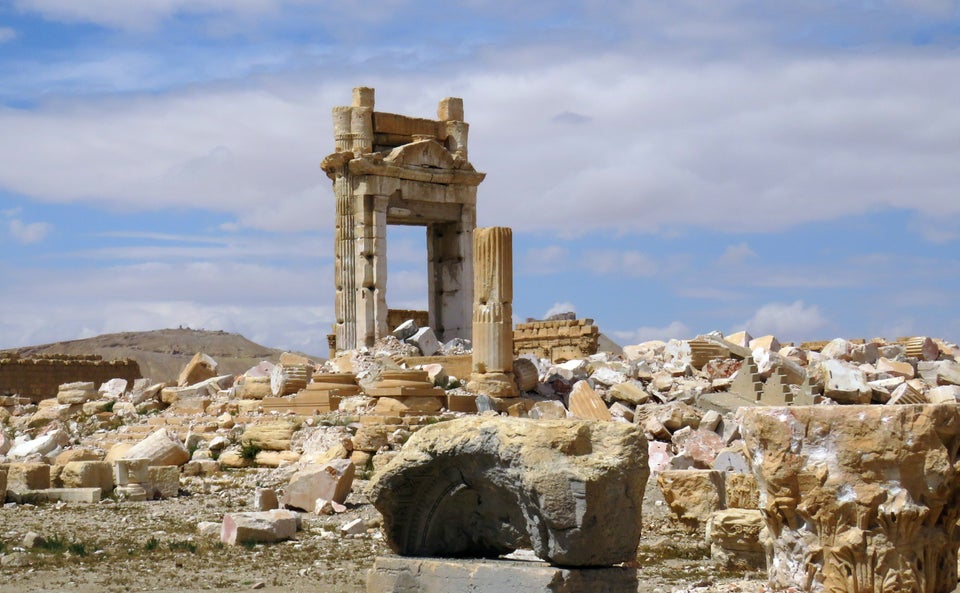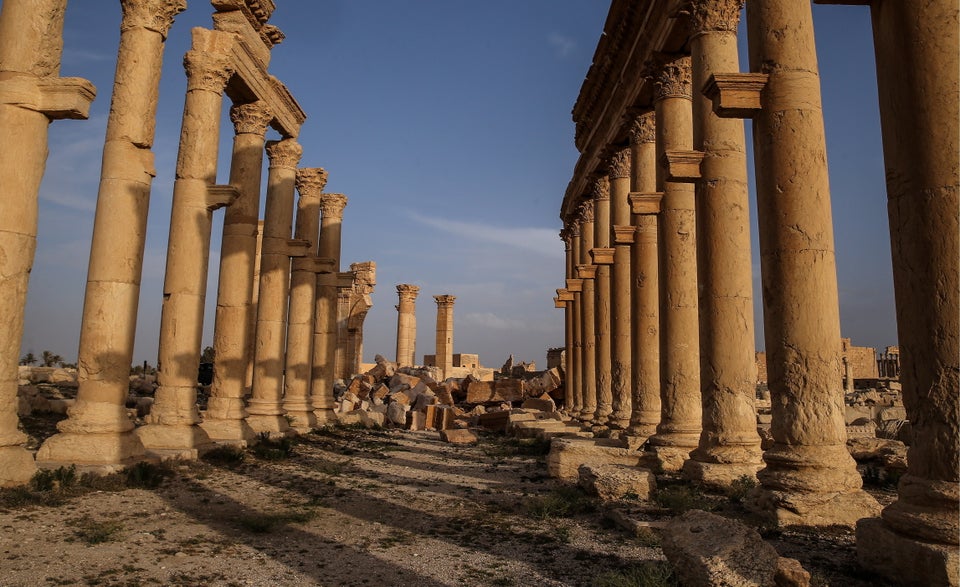The ancient Syrian town of Palmyra, captured 10 months ago by members of the Islamic State group, was feared completely destroyed, another victim of the Islamists hordes bent on obliterating all non-Islamic iconography.
Yet pictures of the UNESCO world heritage site taken this week after the town was recaptured by Syrian troops showed some important archeological elements remain intact.
Although Isis destroyed many of the most important artifacts, most notably the Temple of Bel, the Roman Theatre and the Agora survived.
Syrian Antiquities Chief Maamoun Abdelkarim confirmed to Agence France-Presse earlier this week, “the landscape, in general, is in good shape."
Those sentiments were echoed by Syrian troops who now stand guard over the site. A soldier told AFP: “We were so scared we would enter the ruins and find them completely destroyed… But when we entered and saw it, we were relieved."
“We were so scared we would enter the ruins and find them completely destroyed.”
Over the weekend, London Mayor Boris Johnson suggested sending British archeologists to help rebuild the ruins.
Writing in The Telegraph, Johnson said: “We have some of the greatest archaeological experts in the world. I hope that the government will soon be funding them to go to Syria and help the work of restoration. It is far cheaper than bombing and more likely to lead to long-term tourism and economic prosperity.”
“One day Syria’s future will be glorious, but that will partly depend on the world’s ability to enjoy its glorious past,” he added. “British experts should and will be at the forefront of the project.”
